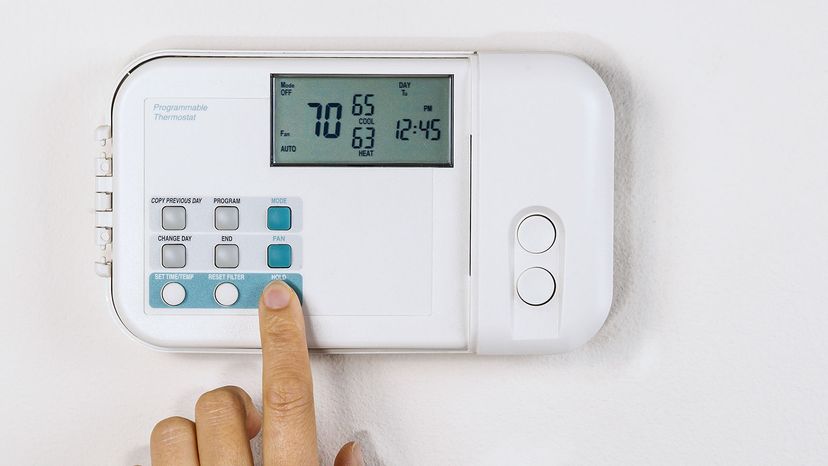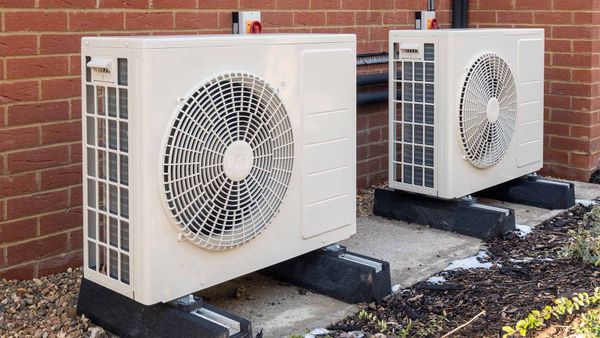
What's worse than freezing your keister off on when Old Man Winter blows through town? Freezing in your own home. The trouble is, those pesky heating costs can really pile up. The largest expense in the average U.S. home is space heating, which accounts for about 45 percent of annual energy bills [source: Department of Energy]. Households that use natural gas spend about $950 a year on heating costs, while the price tag for those who rely on oil to keep their houses and apartments cozy is a whopping $2,115 annually [source: National Energy Assistance Directors Association]. That's not to mention the money that goes toward keeping a home – and those who live in it – cool when the weather turns warm, an effort that reflects roughly half of a household's energy costs during summer months.
Whether its layering on multiple pairs of sweatpants to fight off the chills or stripping down to your skivvies and opening every window in the joint to beat the heat, many people go to all kinds of lengths in order to save a little dough on their energy bills. That includes turning the heat down – perhaps even off completely -- when they're not at home.
Advertisement
But is this the right approach? Sure, it seems kind of strange to heat a home that no one's using and, of course, adjusting the thermostat downward saves money that would otherwise go to keeping the place at a reasonable temperature during these times. But some argue that those savings are more than offset by the cost of reheating the domicile when you get back home.
So what's a cost-conscious home dweller to do?
Advertisement


